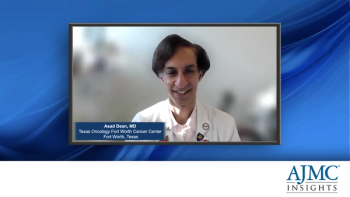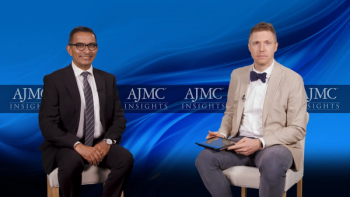
|Videos|February 24, 2020
Management of Advanced Fibrosis due to Non-Alcoholic SteotoHepatitis
Advertisement
Newsletter
Stay ahead of policy, cost, and value—subscribe to AJMC for expert insights at the intersection of clinical care and health economics.
Advertisement
Latest CME
Advertisement
Advertisement















































